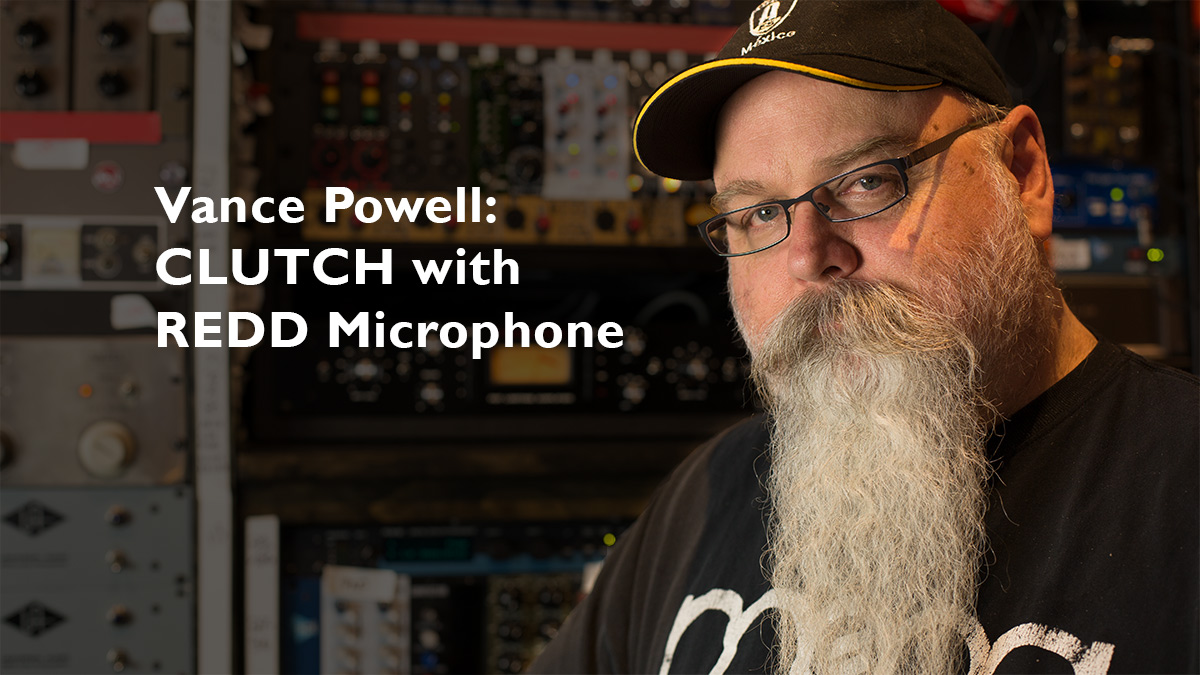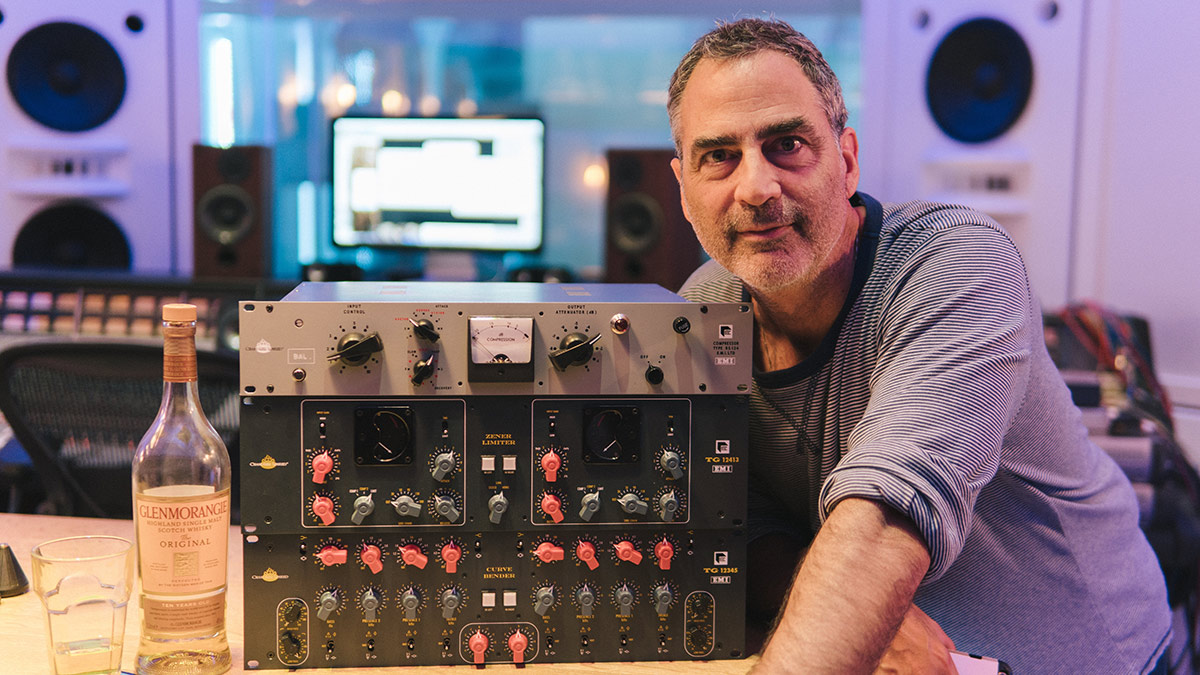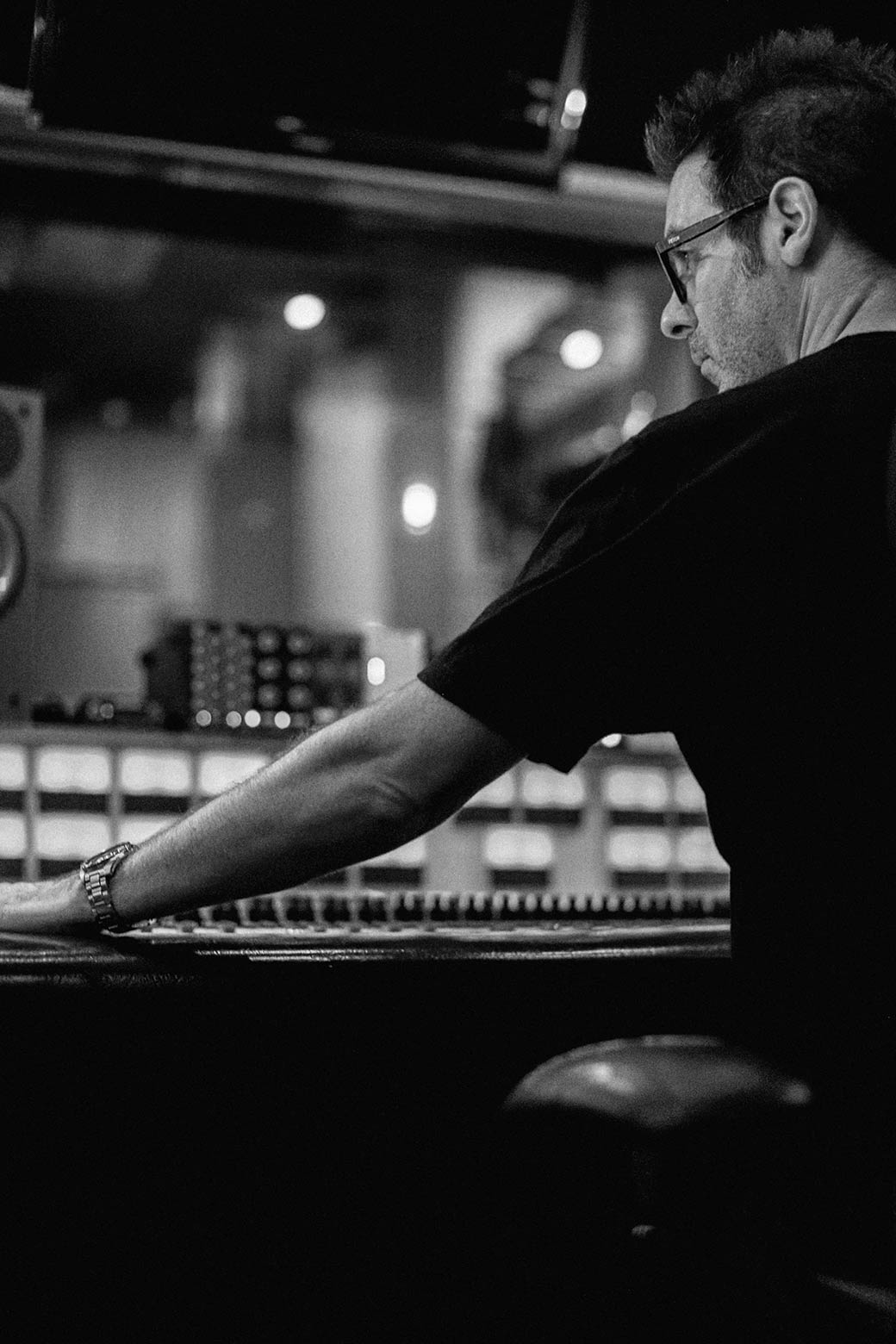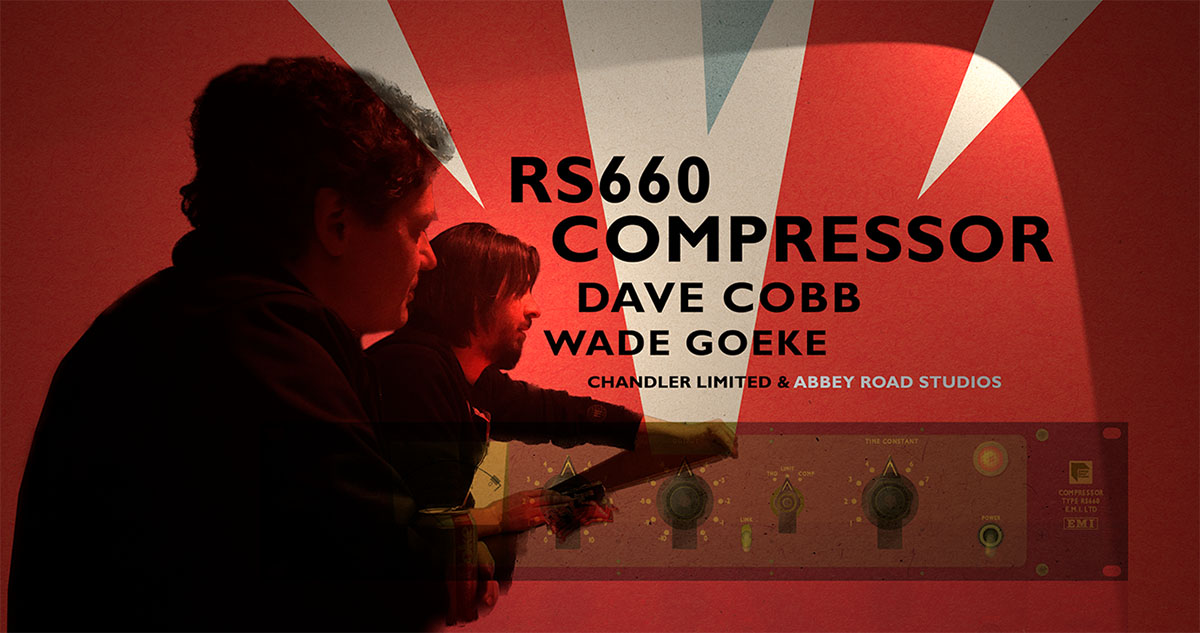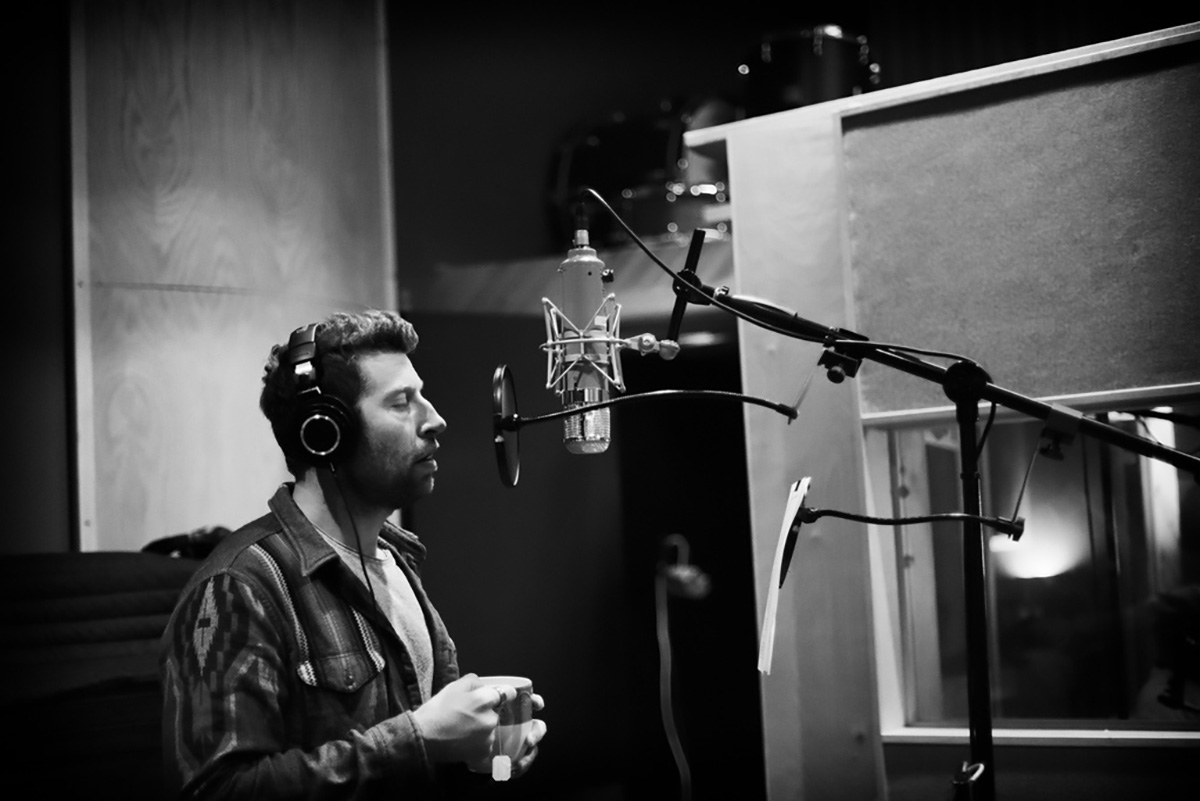Chandler Limited
Mini Rack Mixer
by: Mike Caffrey
Tape Op #49 – Sept/Oct 2005
A rack mixer wasn’t initially on the Chandler design agenda, but designer Wade Goeke (“Behind the Gear,” Tape Op #36) got so many calls saying, “There are a lot of summing boxes out there, but I don’t like how they sound. I really like the way your gear sounds. Are you going to make one?” So he designed a summing box and added some extra versatility by laying it out as a mixer. As far as I know, this is the only all-discrete summing box around. (Even the Manley rack mixer that sells for around $10K uses chips for its inputs.) With its all-discrete design and 22 transformers, the Chandler Mini Rack Mixer gives you the sound you’d expect from a 15 ft wide, vintage Neve console-but in a 19” rack box.
Specifically, it’s a 5RU-height, modular, 16-channel mixer with a comprehensive monitoring section. All of the mixer’s sections are in modules. Eight vertical pairs of mixer inputs each have volume and pan controls. (It took me a few minutes to adjust to left and right sides being on top of each other, but it would be no problem to re-patch in the back if you want your pairs lined up horizontally.) The buss/talkback module has a press-to-talk button and a _” jack for the mic input. (You can use the included XLR to _” cable to convert the mic of your choice for talkback functions.) The control room module has three switches for mute, mono and dim. And the meter section has the super-cool=looking meters you’ll recognize from the TG1 compressor, as well as volume knobs for control room and stereo mix, with two pair of outputs for each section. It also has a speaker selection switch and external input switch.
The external input has two functions. One is the obvious: monitoring a stereo source like a CD player or your mixdown recorder. However, when you activate the external input switch, it separates the control room signal from the mixer section allowing for a mixdown insert. You send the stereo out to your stereo compressor, return that to the external input, and send the control room out to your mixdown deck. Now you’ve got an insert for your stereo mix compressor.
Since all of the sections in the Mini Rack Mixer are modular, you’ve got a few configuration options. If you know you only need eight channels, you can short load it with four stereo modules and keep costs down. You can also swap out modules for the new mic preamp and compressor modules from Chandler and have a hybrid with up to eight channels of line inputs and eight channels of preamps. This needs to be specified in advance if you plan to start with a mixer and then add preamps or compressors later.
Inside the rack mixer, there are 20 discrete, Class-A line amps (16 channel inputs, plus two each for control room and stereo outs). The inputs of each mixer channel, as well as the external input and control room and stereo outputs, are transformer-balanced-a total of 22 transformers! (Quick lesson in the sound of vintage gear: the big, fat, and warm sound comes from transformers, not tubes!) While inputs use the Class-A line amp associated with The Beatles and Pink Floyd sounds, the summing is passive Neve style. The output controls are detented to ensure the accuracy of the left/right balances, and they use expensive gold switches with multiple layers, again like the big old Neve consoles.
So how does it sound? When I mix, I mix through a console, not in the box. I also use the Michael Brauer style multi-buss compression. So to audition the mixer, I returned my compressors subgroups to the mixer instead of my consoles. To facilitate A/B’ing, I added an extra buss send for uncompressed signals and an extra buss send for my effects returns, an equivalent configuration to summing these returns through console. My first impression was that the difference that the Mini Rack Mixer makes is bigger than the difference mastering makes. A/B’ing the result was like comparing a CD to and MP3. The sound was so much bigger, that even with an identical mix coming off each master fader and showing identical meter levels, I had to turn the Mini rack Mixer down a couple of dB for the volume levels to sound the same. There was more punch in the bottom and more clarity, air, and detail in the top. Overall, the sound was more expanded and open. When I brought it to Mark Christensen’s mastering room at The Engine Room, it took him ten seconds to choose the Mini mixes over my console mixes. While this device is called a mixer, I see it as a box with multiple uses: a portable mixer; a great-sounding summing box for DAW (or for mult’ing compressor during mastering for that matter); or a quick and easy upgrade for your console’s master section.
The Chandler Mini Rack Mixer will inevitably get compared to all the new summing boxes, but because of its 100% discrete design, Class-A line amps, transformed balanced I/O-and the resulting sound quality-it has no real competition short of a vintage Neve console. At a street price of around $6K, it’s certainly a lot cheaper than a Neve.
($7550 MSRP; www.chandlerlimited.com)
—Mike Caffrey, www.monsterisland.com

